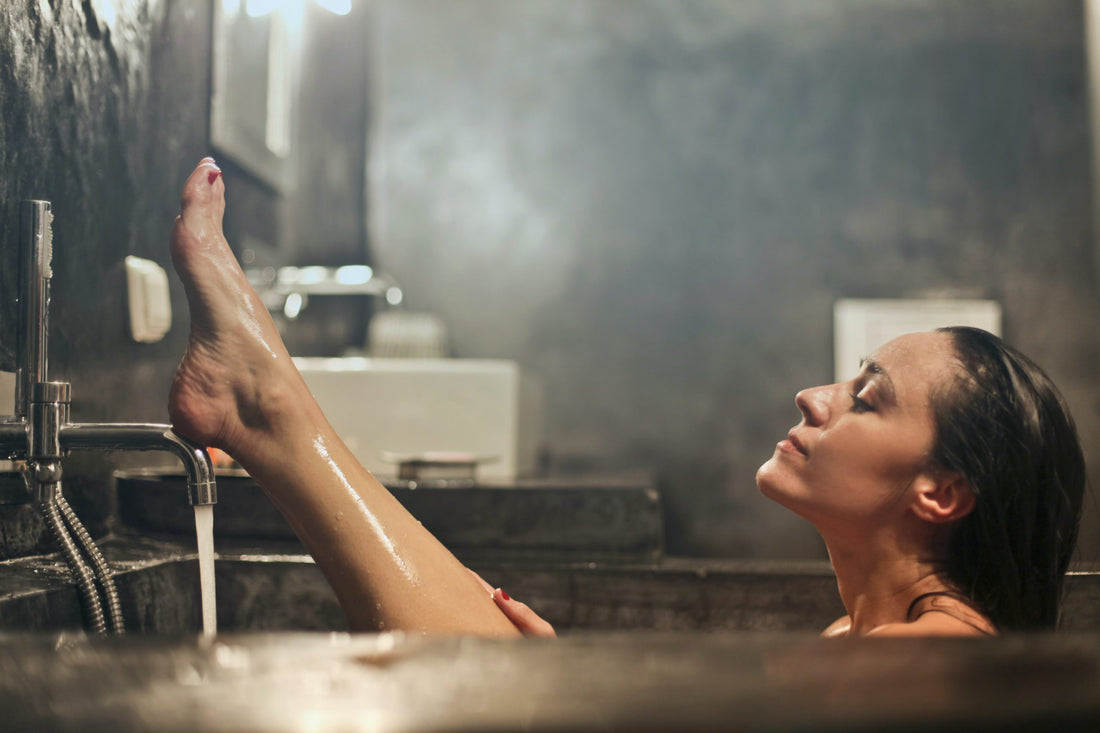We know that sometimes our skin doesn’t exactly love getting waxed. But the good news is if you’re prone to histamine reaction after waxing, there are multiple measures you can take to lessen the likelihood of a post-wax reaction.
The goal is to get your skin to cooperate with you so that you can continue taking care of it in the way that you see fit. Let’s get you set up with some recourse and preventatives so that your next wax appointment goes off without a hitch.
What is histamine?
In most cases, it’s tough to keep up with what allergens set off a histamine response in our bodies. Histamine is an enzyme that forms in our white blood cells and is our immune system‘s way of saying, “Whoa there buddy, what’s going on out there?” Because they are found in our white blood cells, histamines are the root cause of allergy symptoms.
From runny noses to itchy throats, histamine is the powerhouse of the allergy cell. Histamine increases the ability for white blood cells to be carried and engage with pathogens that are perceived as a threat. Take an antihistamine to prevent having to use hydrocortisone cream or aloe vera gel on dermatitis or other allergic reactions.
Why do some people have histamine reactions after waxing?
When we dial it back a little bit, it’s important to remember that body hair was designed for a reason. For the most part, it helps protect sensitive areas like our eyes and nasal passages. So a histamine reaction is your body’s immune system doing its job, and waxing to remove hair from the root is not something that our skin is inherently prepared for.
How long does a histamine reaction last after waxing?
We know that our bodies are made up of entirely different molecules which makes them respond to external elements differently. For the most part, a histamine reaction clears up in a matter of hours and more rarely in a couple of days.
What is the difference between allergic reactions and histamine reactions?
Histamine makes up allergies. The itchy throat, the coughing, and the red eyes and sneezing are all symptoms of histamine, which is a chemical our body releases. Sometimes histamine believes that a generally harmless substance needs to be eliminated, and so it goes to work trying to eradicate its presence in your body.
Related: Treat and Prevent Tiny Bumps After Waxing for Clients
How to treat a histamine reaction after waxing

There are so many options for treating a histamine reaction after your wax appointment. While things like essential oils and aloe vera might help, it’s important to follow a few key steps:
1. Use cold compresses
Anything from cold compresses to gentle cleansing of the skin with cool water can make a tremendous difference, especially if it’s your first point of contact. For immediate relief during a histamine reaction after waxing, apply a cold compress on the area of irritation.
Giving your skin relief via cold compress can immediately reduce inflammation, calm your skin and control how far irritation spreads. Similarly, avoid excessive heat and hot water, including showering, baths, saunas, and swimming.
2. Support the healing process
Follow up with inflammation-specific products to cut your reaction time in half to set your skin up for success at your next appointment. Use gentle cleansers and fragrance-free moisturizers like aloe vera gel or lotions that have ceramides to hydrate and protect the skin barrier. You might also consider over-the-counter hydrocortisone cream if you need extra relief for inflammation and itching.
3. Speak with the pros
If your histamine reaction isn’t alleviated in a few hours or so, you’ll want to speak with your provider. They can help you determine if what you’re experiencing is a true histamine reaction after waxing vs an allergic reaction.
Related: How Do You Prevent Pimples After Waxing?
How to prevent a histamine reaction from waxing
The best way to take care of histamine post wax is to get in front of it. If you already know that you’re prone to a histamine reaction, taking a few preventative measures will make a world of difference in your recovery, such as:
1. Take an antihistamine before your waxing appointment
One of the smartest things you can do prior to getting waxed is taking an antihistamine. Antihistamines block histamines, keeping those intolerable symptoms at bay or at least dramatically reduced.
2. Use a high-quality, hypoallergenic wax
There’s truth behind spending a little more on high quality items instead of paying a number of times to get a mediocre product taken care of. Making sure that your esthetician is using high-quality wax to make a world of difference when waxing sensitive skin.
High-quality waxes do a better job of drying, pulling the hair from the route, and clearing the skin like a blank canvas. Bare Beauty Wax Supply offers multiple hypoallergenic waxes, such as ItalWax Crystal and ItalWax Orchid for hard wax, and WaxOne Strip soft wax.
3. Follow proper waxing aftercare
After a waxing treatment, proper aftercare is vital for protecting skin and preventing another histamine reaction, along with irritation and ingrown hairs. Immediately following your appointment, avoid heat and sun exposure for at least 24 hours.
Apply sun protection and start gently exfoliating about 48 hours post-wax. Use gentle cleansers and moisturizers to keep your skin hydrated.
Related: The Best Tips and Products for After Wax Care
Find High-Quality Waxes at Bare Beauty Wax Supply!
Bare Beauty Wax Supply is your online shop for wax beads, waxing supplies, professional heaters, and more. We offer specialty formulations from top-quality brands, ensuring only the best for businesses and clients alike. Browse our shop for sensitive skin and hypoallergenic formulas and find the next best waxes to add to your menu!

